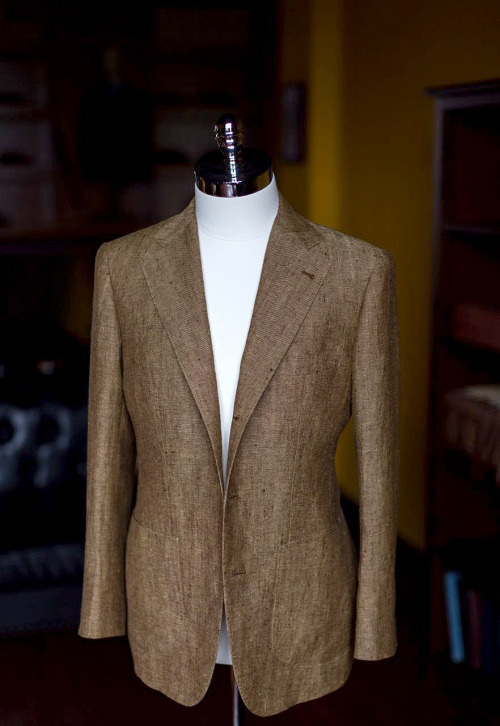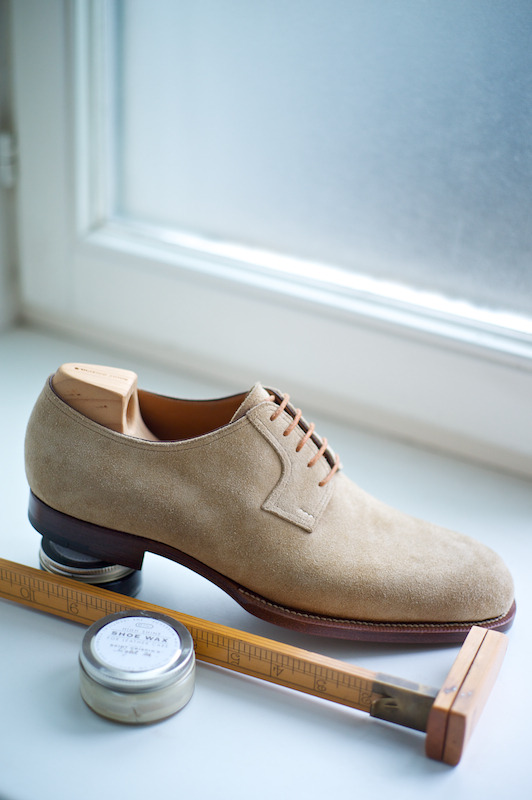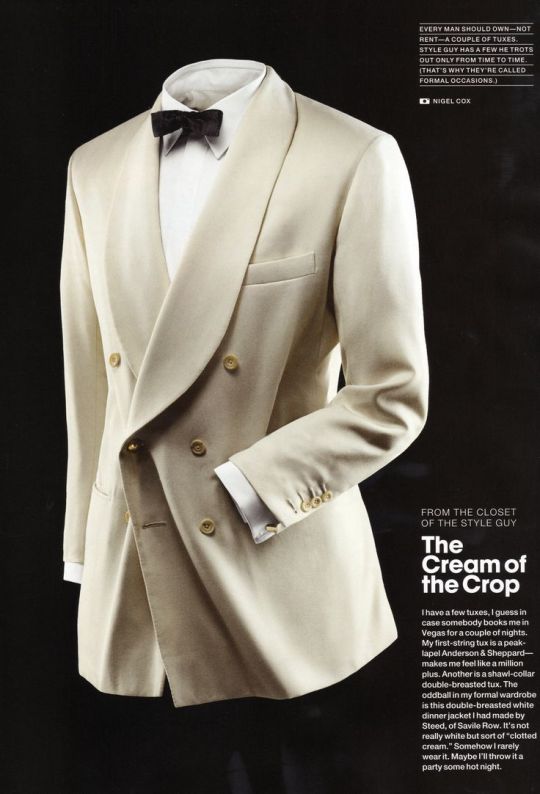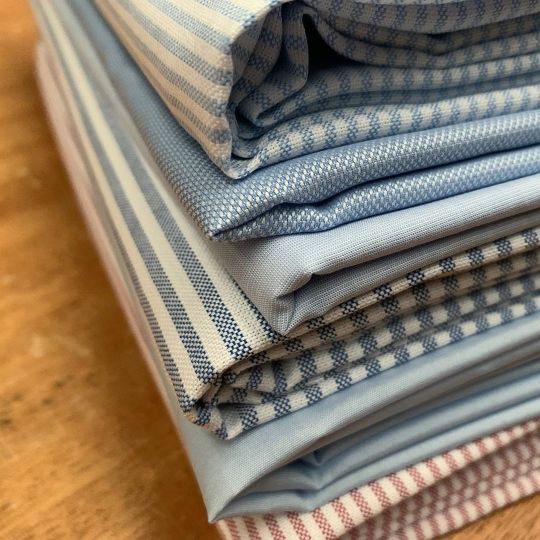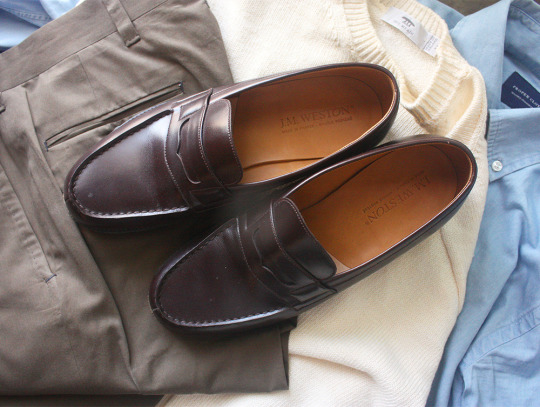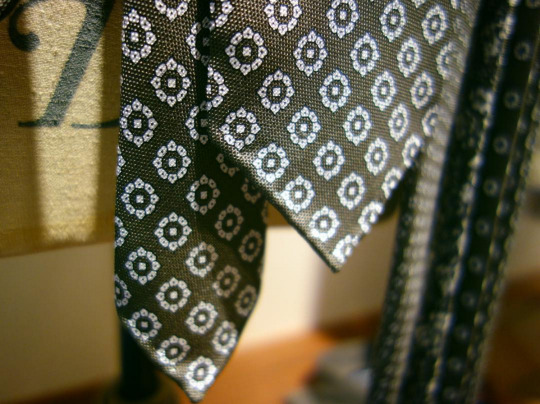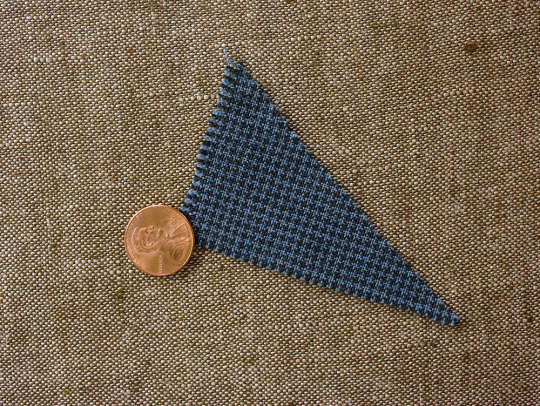Finding the Perfect Summer Tee
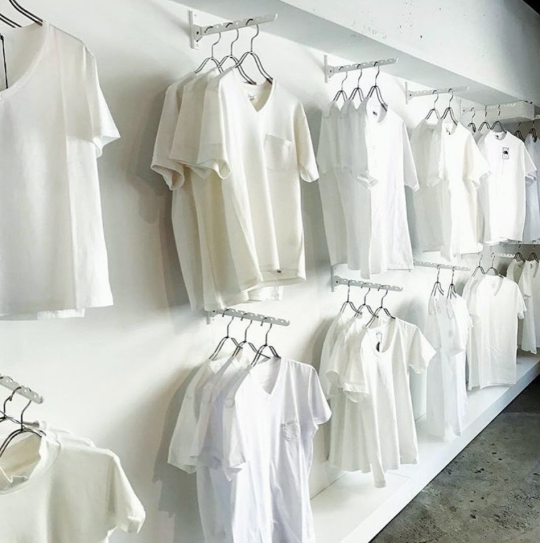
For being such a basic garment, the t-shirt represents so much of our cultural history. It’s just four-panels with a ribbed neck, but within such a simple construction, you can see the shifts in post-war power, as well as the spread of American culture. Next to Levi’s 501s and Brooks Brothers button-downs, no piece of clothing is more quintessentially American or even popular in the world.
The t-shirt has its roots in Britain, however. It derives from an all-in-one undergarment called the union suit, which was traditionally made from flannel. At some point, the Brits found them to be too warm, so they cut them in half to come up with the two-piece long john set (something men still wear today). The top half of that set eventually morphed into the short-sleeved, finer cotton pullover we think of as a t-shirt.
T-shirts were never meant to be worn as outer garments, but they became so in much the same way that chambray shirts, jeans, and other working-class gear entered our day-to-day wardrobes. In the early-20th century, the US Navy picked up the tee to be part of their uniform. They chose white tees because they were cheaper to manufacture, as the yarns didn’t have to be dyed, and the pristine color helped to promote a sense of self-discipline and cleanliness amongst their sailors. Just before the US entered the Second World War, a Sears, Roebuck and Co. advertisement declared: “You needn’t be in the army to have your own personal t-shirt,” suggesting that the garment carried a certain sense of heroism and machismo.
Keep reading

